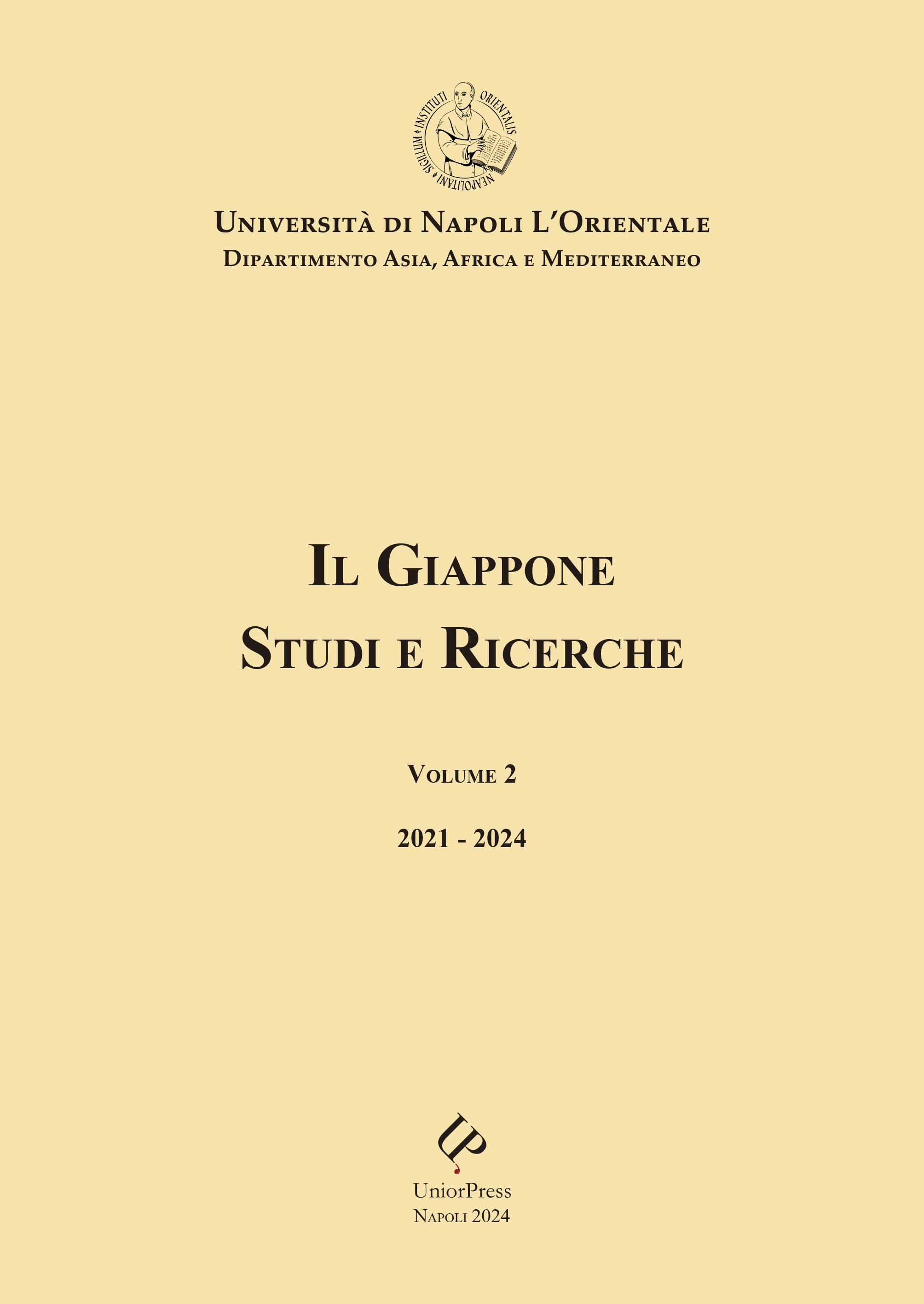BETWEEN TEXT AND PARATEXT: BŌKEN SEKAI AS THE TEXTUAL SYSTEM FORMING THE IMAGINATION OF JAPANESE CLASSIC SCIENCE-FICTION
Abstract
Questo articolo analizza le dimensioni testuali e paratestuali della rivista per ragazzi Bōken sekai (Mondo dell'avventura, 1908-19) per esplorare la formazione dell'immaginario della fantascienza. Si concentra, in particolare, su un insieme di testi pubblicati nel 1908 e nel 1910, che, nella storia della rivista, sono i due anni in cui si registra il maggior numero di testi di finzione e non che hanno alimentato l'immaginario speculativo della fantascienza. Saggi come “Kūchū sensō kitei” (La guerra aerea dei dirigibili, 1908) di Hashō Sei esprimono tre elementi: l'atteggiamento speculativo, la dimensione futura e l'interesse per il discorso tecno-scientifico moderno. Questi elementi sono presenti anche nei racconti di fantascienza della rivista, come “Kasei kitan” (Uno strano racconto marziano, 1908) di Kimura Shōshū e “Tessha ōkoku” (Il regno della macchina d'acciaio, 1910) di Oshikawa Shunrō. L'articolo suggerisce che questi testi testimoniano la fase germinativa della fantascienza giapponese, i cui inizi sono solitamente collocati negli anni del dopoguerra, e che la formazione dell'immaginario fantascientifico si comprende meglio se ci si concentra sul complesso sistema formato dai numerosi testi di Bōken sekai.

